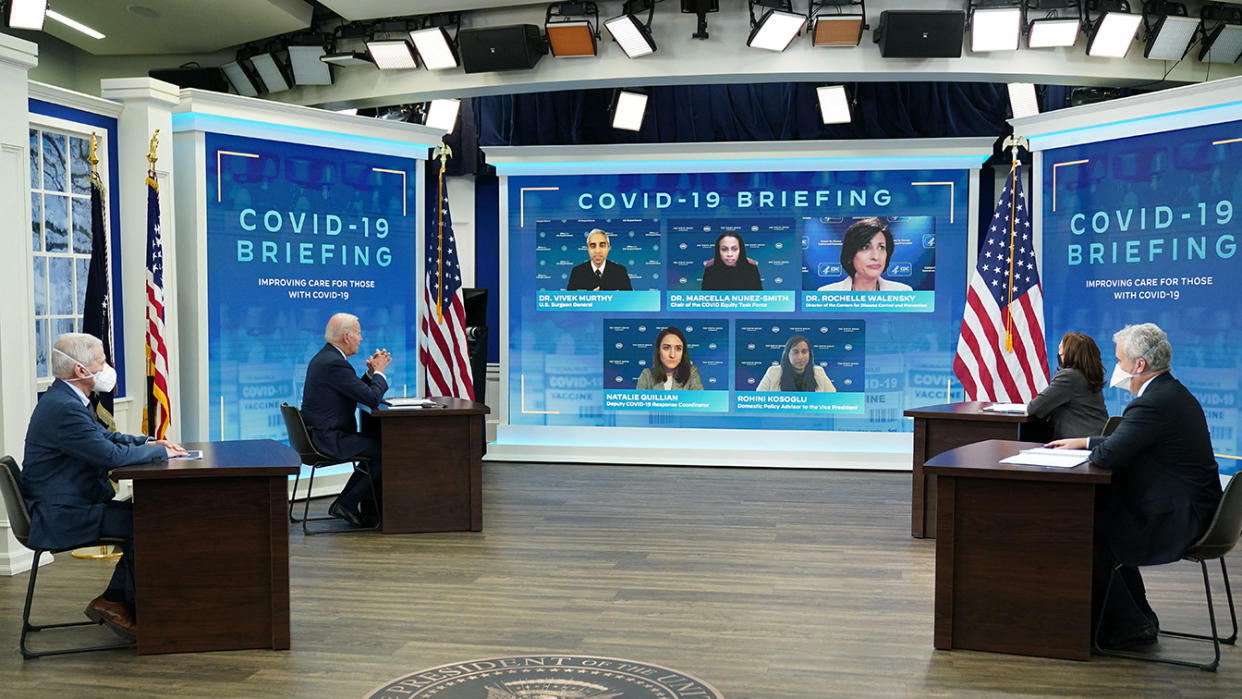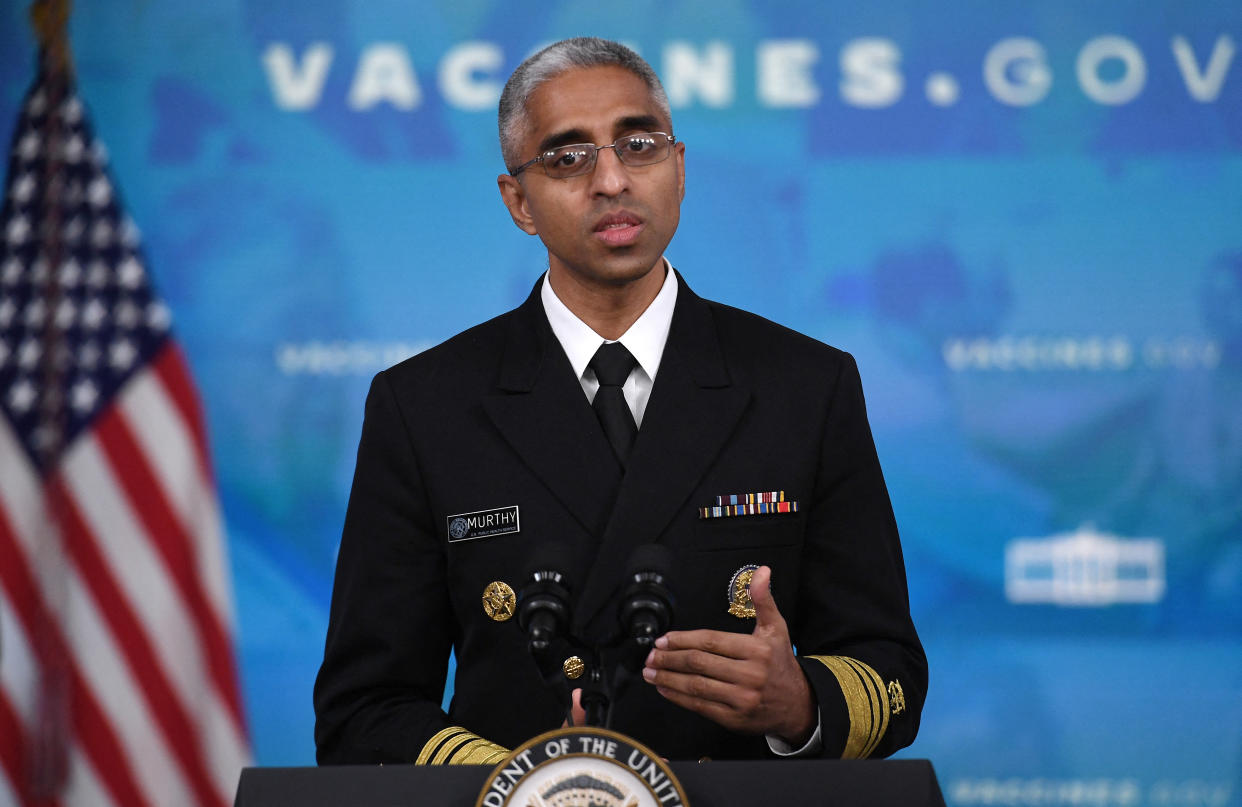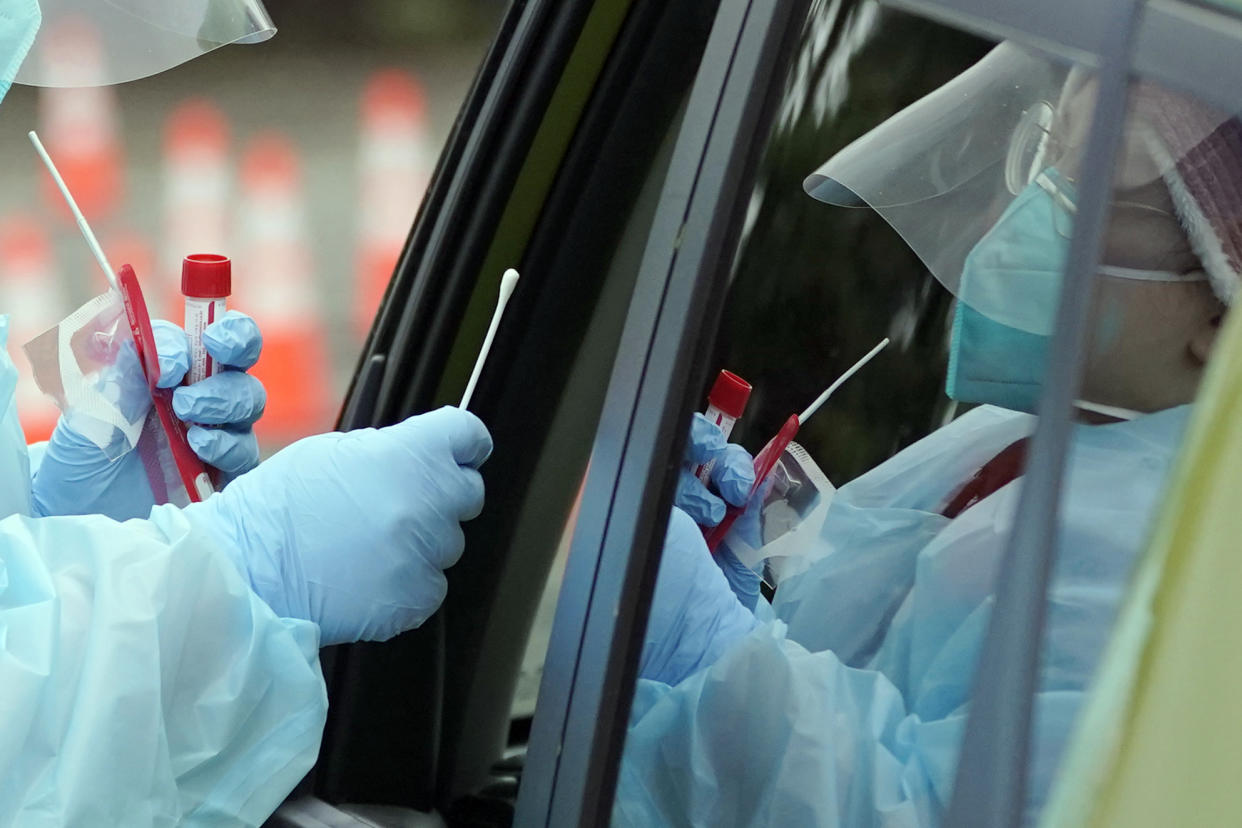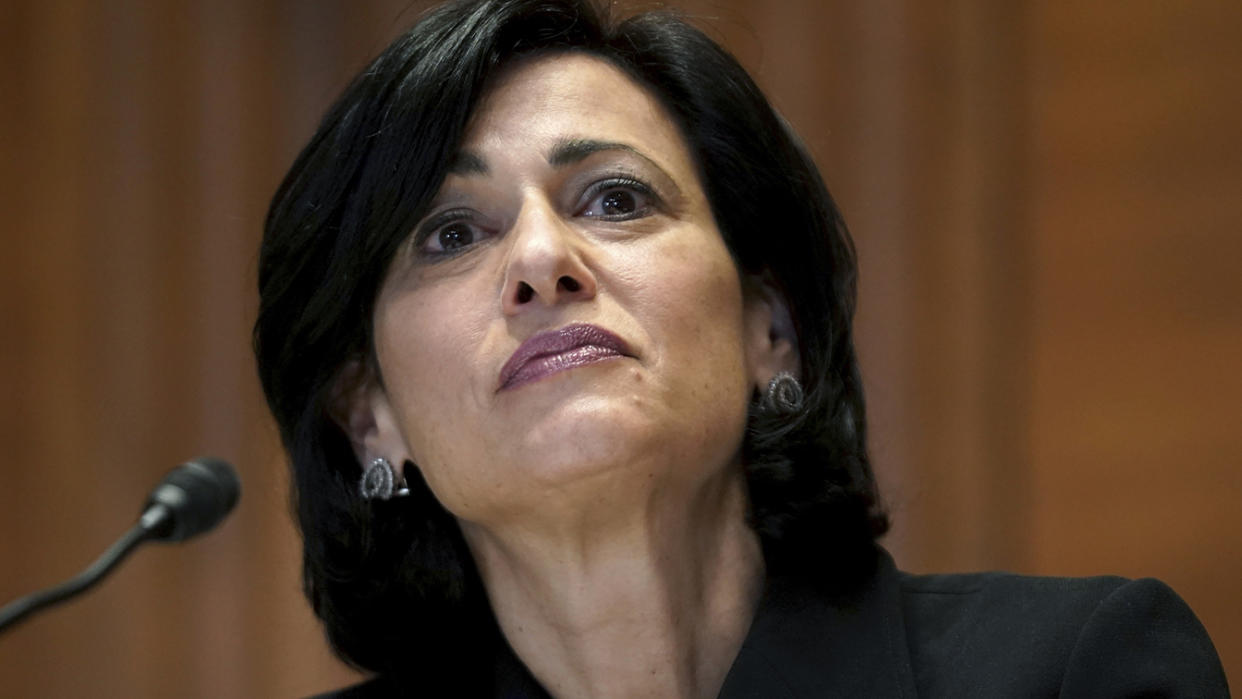CDC sticks with new COVID isolation guidelines despite criticism
Despite criticism from a number of public health experts, the Centers for Disease Control and Prevention affirmed its new guidelines suggesting those with COVID-19 can exit isolation in five days without testing.
The CDC announced the initial changes on Dec. 27, saying it was “shortening the recommended time for isolation from 10 days for people with COVID-19 to five days, if asymptomatic, followed by five days of wearing a mask when around others.”
In a statement posted to its website Tuesday evening updating its quarantine and isolation suggestions, the CDC said there was “accumulating evidence” supporting the decision. The new guidance included information for people who want to test negative to exit isolation but also for those who do not have access to a test.
The organization also pointed to the “societal” impact of longer isolations, writing: “Spread of the Omicron variant has the potential to worsen staffing shortages and increase supply chain challenges, which jeopardize industry, education, and other systems that are essential to maintain a functioning society and economy.”

“The Omicron variant is spreading quickly and has the potential to impact all facets of our society,” said Dr. Rochelle Walensky, the CDC director, in a statement about the change. “CDC’s updated recommendations for isolation and quarantine balance what we know about the spread of the virus and the protection provided by vaccination and booster doses. These updates ensure people can safely continue their daily lives.”
The United States had over 1 million COVID-19 cases on Monday. The Omicron variant has led to a number of breakthrough infections of vaccinated people, though those cases have generally resulted in more mild symptoms.
According to tracking by the New York Times, there has been a 254 percent increase in positive cases and a 51 percent rise in hospitalizations over the last 14 days. Deaths from the virus have dipped 3 percent over that same time.
Dr. Anthony Fauci, President Biden’s chief medical adviser, had implied on Sunday that a larger COVID guideline change tied to the testing was potentially coming.
“You’re right there has been some concern about why we don’t ask people at that five-day period to get tested,” Fauci said in an interview with ABC News. “That is something that is now under consideration. The CDC is very well aware that there has been some pushback about that. Looking at it again, there may be an option in that, that testing could be a part of that, and I think we’re going to be hearing more about that in the next day or so from the CDC.”
U.S. Surgeon General Vivek Murthy echoed that in a Tuesday morning interview with CNN.

“They have certainly received feedback and questions about the role of testing in shortening that quarantine period, and they’re actually working right now on issuing a clarification on that,” Murthy said, adding, “They’re going to speak to the role that testing can play in a situation like reducing isolation.”
While the change in guidelines last week had support among public health experts, there was plenty of criticism. Union leaders noted that the reduction to five days came after a push from the business community to halve the isolation period so that jobs could be filled. Others posited that testing was not included due to the sometimes hours-long waits for COVID tests at clinics and a shortage of at-home tests — partly because U.S. health authorities underestimated the testing infrastructure that would be needed for new variants. At a Dec. 6 briefing, White House press secretary Jen Psaki dismissed the idea of mailing free tests to all Americans.
“Ending isolation of COVID cases in five days without testing negative is the nose-out-of-mask of COVID-19 policies,” Saad Omer, director of the Yale Institute for Global Health, wrote on Twitter of the initial changes. “By not including a testing requirement, there will be a lot of infectious people in the workforce transmitting the virus to the others — further increasing the public health risks and likely economic disruptions.”

“Of course, shortage of tests and masks is an issue but increasing supply of tests and high-quality masks should be a national priority,” Omer concluded. “We can’t have our pandemic control cake and eat it too.”
“It’s frankly reckless to proceed like this. Using a rapid test or some type of test to validate that the person isn’t infectious is vital,” Dr. Eric Topol, founder and director of the Scripps Research Translational Institute, said last week, adding, “There’s no evidence, no data to support this.”
The American Medical Association issued a statement Wednesday responding to the continued absence of a testing requirement, writing that "a dearth of tests at the moment does not justify omitting a testing requirement to exit a now shortened isolation."
"Physicians are concerned that these recommendations put our patients at risk and could further overwhelm our health care system," said the organization, which represents tens of thousands of doctors "A negative test should be required for ending isolation after one tests positive for COVID-19. Reemerging without knowing one's status unnecessarily risks further transmission of the virus."
During a Dec. 29 briefing of the White House COVID-19 response team, Walensky had defended the decision. She said the CDC did not know if antigen, or rapid, tests were capable of assessing transmissibility at day five and beyond, while PCR tests could show a positive result up to 12 weeks after infection — “long after” a person is no longer infectious — limiting their utility in preventing further spread of the virus at that stage.
She also noted that “studies show that people are most infectious in the one to two days before symptoms develop, and in the two to three days after,” with an estimated 85 to 90 percent of transmission occurring in the first five days of infection with COVID-19, adding that “after five days, the risk of transmission substantially decreases.”

In an interview with CNN earlier that day, Walensky further said the CDC’s new five-day isolation guidelines were also based on an assessment of what “people were willing to adhere to.”
“We have seen relatively low rates of isolation for all of this pandemic,” Walensky told the news network. “Some science has demonstrated that less than a third of people are isolating when they need to. So we really wanted to make sure we had guidance, in this moment where we’re going to have a lot of disease, that could be adhered to, that people were willing to adhere to, and that spoke specifically to when people were maximally infectious.”
The White House defended the CDC’s guidelines at Tuesday’s press briefing.
“The CDC is offering its updated guidance in real time of a fast-moving and changing pandemic environment,” Psaki said. “We’ve seen them change guidance and update guidance on other occasions. They made this recommendation last week based on science. The vast majority of transmission infectiousness occurs in the first five days after diagnosis with COVID-19 — somewhere in the range of 85 to 90 percent.”
Cover thumbnail photo: Ting Shen/Bloomberg via Getty Images
_____




